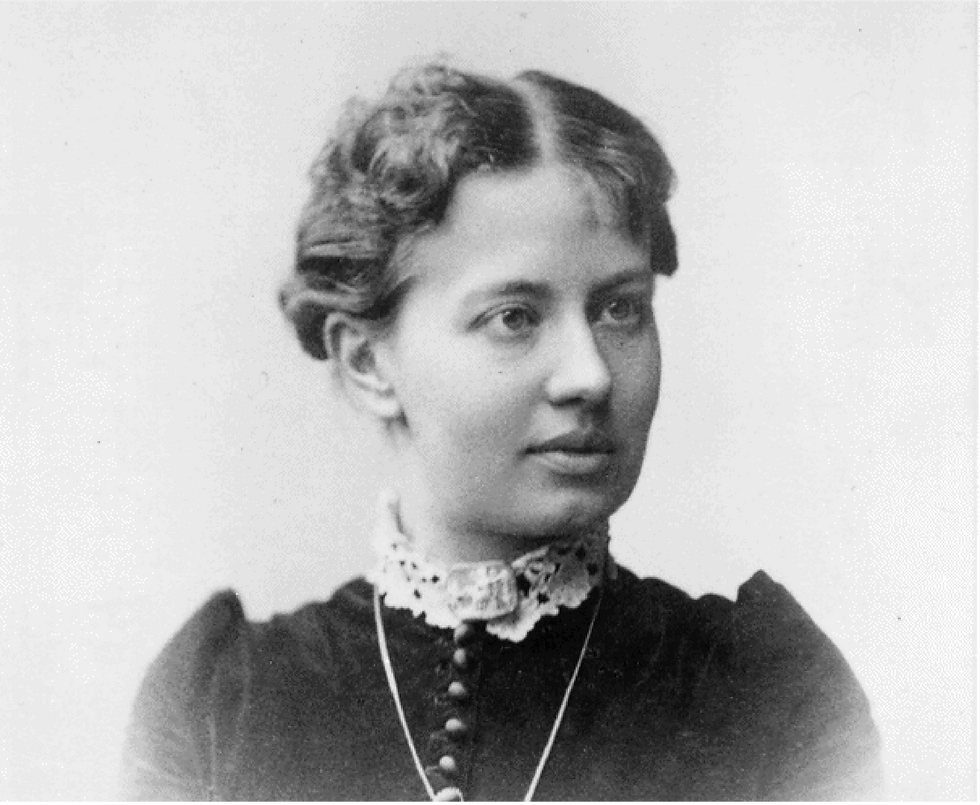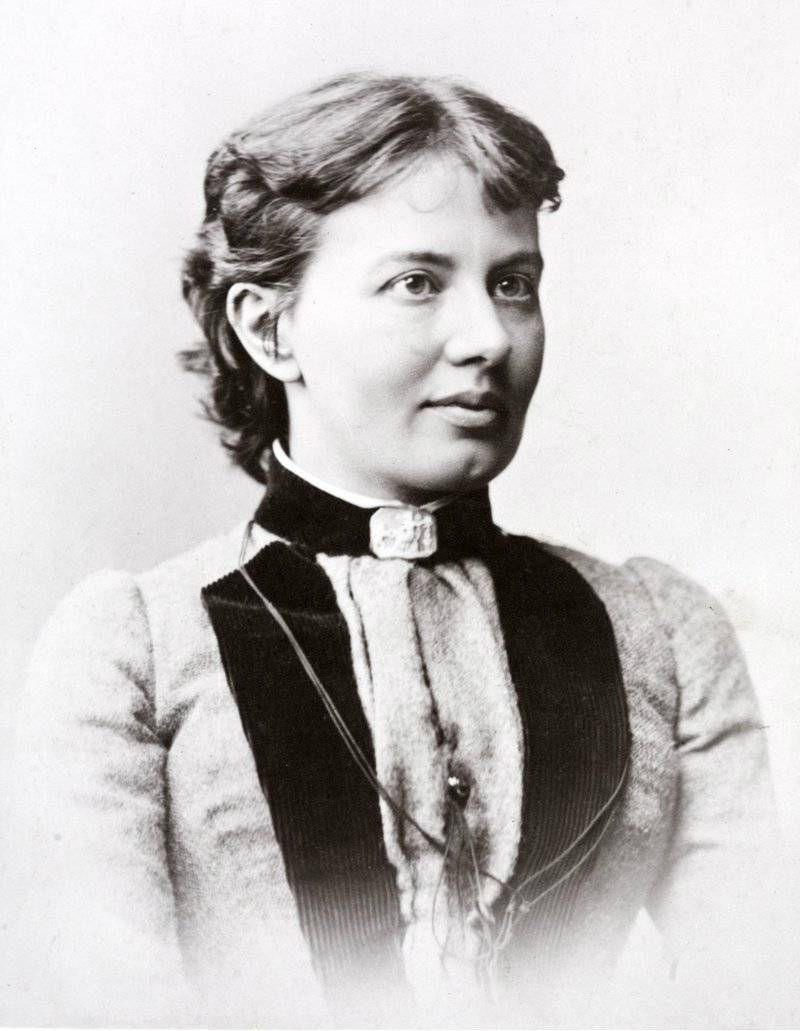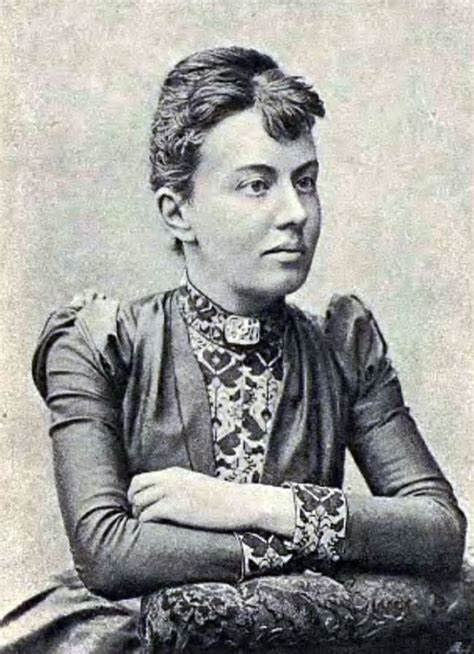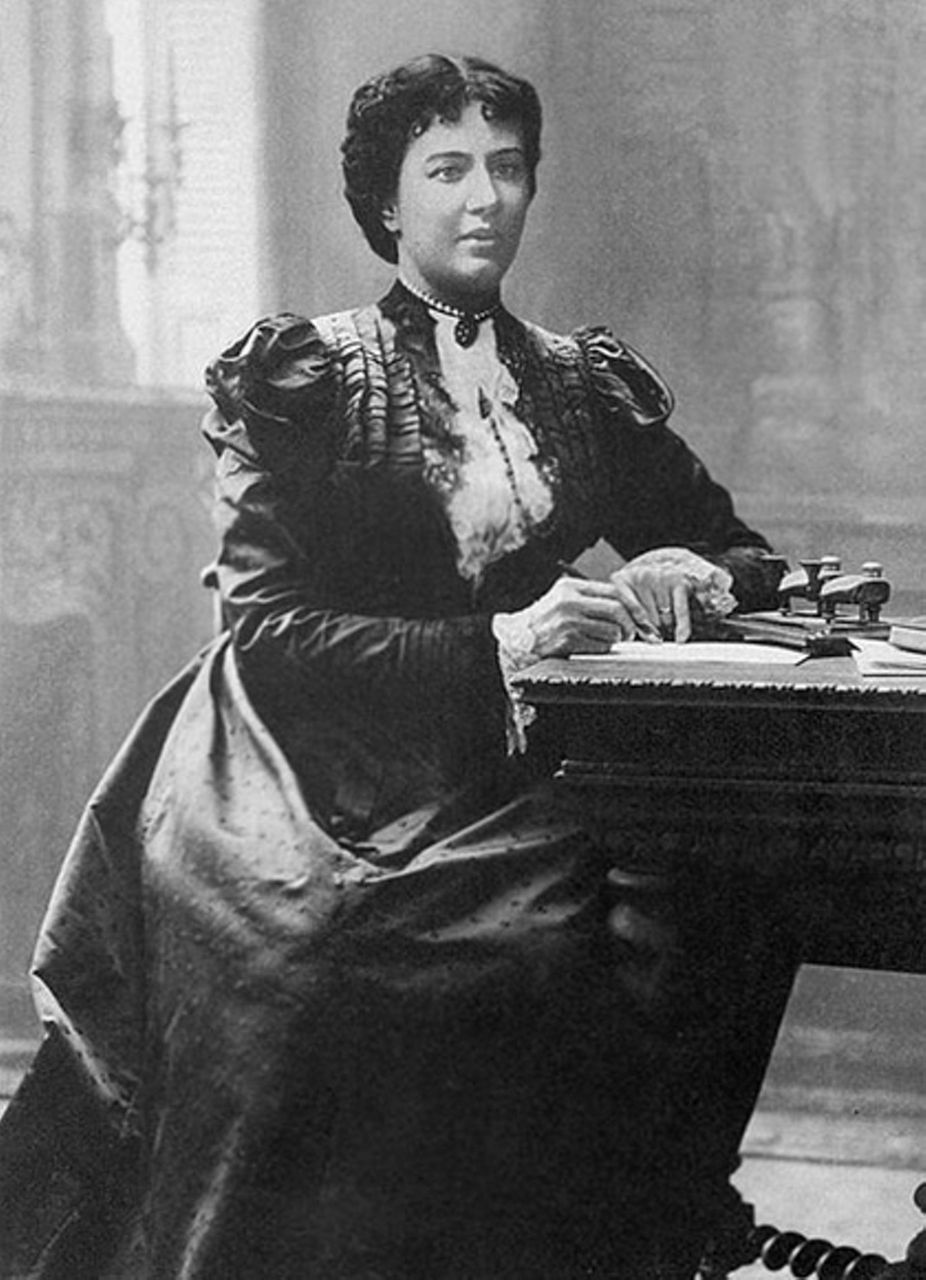Sofia Kovalevskaya: Love Makes all the Partial Difference
- Dale DeBakcsy
- Jan 15, 2024
- 6 min read
Everybody needs love, but for some the striving after it so dominates their every action and decision that it becomes impossible to ever truly find it. Veering between professions, friendships and lovers, their desire for perfect love driving away by its intensity anybody who might have offered it, those possessed by such a need rarely live happily or end well, but their lives dazzle as against the more steadied demands of their contemporaries who settled for reasonable affection. In the history of mathematics, it would be difficult to find a person whose life and work was more impacted by devotion to the idea of an idealised, impossible love than Sofia Kovalevskaya (1850–1891), the nineteenth-century Russian mathematician who contributed equally to the theory of differential equations and the corpus of Russian literature, and whose cold end came too soon.
She was an anxious child, given to terrifying night visions and fits of panic in the face of deformity. A wax doll with a missing eye, or the mere mention of a child with two heads, would haunt her dreams. She was the second daughter in a household which had eagerly expected a first son, and lived her childhood in the shadow of that fact. While her parents doted on her older sister, and showed off her younger brother, Sofia they were content to leave be. Armchair psychologists will see in this the germ of her lifelong over-bearing need for love – a latter life attempt to find that which was denied her as a child. Perhaps that is true, and perhaps her recollections of her childhood were distorted to take the shape of subsequent needs.

Something was lacking, though, and as a teenager she and her older sister were inspired by a Russian youth culture that held heroic self-development as an idealism-driven call to action. Sofia’s father objected resolutely to her attending any university to study mathematics, so she did what so many other young Russian women were doing: she found a philosophical young man willing to marry her, bring her to a European university town, and then leave her be. Hers was Vladimir Kovalevsky, and his end would be as tragic as her own, though it would come much sooner.
She sneaked out of her parents’ home to Vladimir’s apartment, leaving behind a note of her intention to marry him. She knew that, merely by being alone in the same house with a young man for a few hours, the couple would have to get married by the rules of propriety. Bowing to her fait accompli, her father sanctioned the match and off they went to Europe, where Sofia began her career as a full-time student of mathematics.
She lived in cheap lodgings with a friend, her husband visiting her from time to time, as his own studies would allow, while she devoted herself fully to the study of her topic, reading day and night as she caught up with the most current trends in mathematical analysis. She eventually worked her way to the University of Berlin, where the great Karl Weierstrass was crafting those mathematical miracles that The Initiated still talk of with hushed awe. He saw the promise of her intellect and brought her into the department against the protest of the more conservative faculty.

She wrote three papers for her doctoral work, the most noted of which gave us the delightful Cauchy-Kovalevskaya Theorem. In it, she proved generally what French mathematician Augustin-Louis Cauchy (1789–1857) had only proven for a special case, namely that, if you have a partial differential equation involving an analytic function (that is to say, one which can be represented as a sum of powers of a variable) composed of x, t, and partial derivatives thereof restricted in degree by the original PDE, and if the initial conditions of the desired solution are themselves analytic functions of x, then a solution to the original differential equation exists in the neighbourhood of 0.
As a mathematics nerd, I have always loved the coyness of Existence Theorems – they hold out the guarantee of the existence of a solution without bothering to give you what you need to actually find said solution. On the strength of her papers, Kovalevskaya was easily awarded a doctorate, and so became the first woman in Europe since the Renaissance to hold such an advanced scientific degree.
The celebration, however, was short-lived. Summoned back to Russia by the death of her father, she gave up mathematics for some time in order to attempt a life of normality with her theoretical husband, Vladimir, to find in him at last the love that neither intimate friends nor mathematical study was able to provide. They had a daughter together, integrated into cultivated society, and Sofia caught the bug for financial speculation which was well-nigh required of every late nineteenth-century Russian person of note.
She dragged Vladimir with her from scheme to scheme and, after nearly bankrupting the family, swore off anything smacking of fiscal adventure. Her husband, however, once hooked could never quite shake the urge to make one last big score. He latched onto a scoundrel who talked a good spiel about a wildly profitable venture while secretly filling Sofia’s head with lies about Vladimir’s sexual conquests in an attempt to split the couple.
It worked. Devastated, Sofia left her daughter in the care of friends and relatives and fled to Western Europe. Vladimir and The Scoundrel carried on until the latter’s sudden but inevitable betrayal. Alone, bankrupt, and without the ability to take pleasure in the science that had soothed him in earlier troubled times, Vladimir took his life in 1883.

Sofia, meanwhile, was being courted by the University of Stockholm to become the first female professor of mathematics in Europe. She accepted with zeal at first, but as the years rolled on, she yearned increasingly for the more inspiring intellectual company of Paris, Moscow and Berlin, and viewed her lecturing duties in Stockholm as a sort of purgatory to be slogged through for the sake of money and prestige.
She sank into prolonged periods of absolute apathy, doing needlework for hours on end and reading novels to pass the time, while yearning for an all-consuming connection with another human being. Then, suddenly, a new and overwhelming love burst into her life. While her friends urged her to submit her new mathematical ideas for the prestigious Prix Bordin, she was occupied with her desperate love of a man whose great pleasure in life seemed to be the weekly breaking of her heart. She was torn between her desire to put her intellectual ideas down on paper and her guilt about not surrendering herself completely to love. Finally, though, begrudgingly, the work was done, and in 1888 she won the prize easily.
The paper established a third type of integrable rigid motion, the case of a precessing top with moments of inertia (think mass, but instead of expressing resistance to linear motion, the moment of inertia is what expresses resistance to rotational motion) in a special ratio. The paper, capping the previous discoveries of Euler and Lagrange, was deemed so important that the award committee nearly doubled the monetary prize in recognition of its significance.
Alas, it was to be Kovalevskaya’s last mathematical work. Her attention turned towards literature, and the more sparkling and sympathetic company offered by writers and journalists. Usually, the mathematician-turned-novelist is a recipe for disaster only matched by the actor-turned-musician, but Sofia’s tragic, lonely youth, her burning sense of idealism, and the deep capacity for observation born by both, made her a writer instantly recognised as a voice of note for the coming generation. Her novels, The Rajevsky Sisters and Vera Vorontzoff (sometimes called Nihilist Girl), are full of her own unique perspective on vulnerability and purpose.

She was at work on other literary efforts, and was writing to friends about a new mathematics paper that would dwarf her previous work when, in 1891, an extended tramp through the snow while carrying her own luggage opened the door to a nasty case of influenza. Even while sick, she continued trying to fulfil her lecture obligations, but even her mercurial spirit couldn’t overcome the disease, and she died on 10 February, alone in her room.
She had always lamented to her closest friends that nobody had ever truly loved her and yet, when the news of her death was announced, all the corners of the world flooded Stockholm with messages of condolence. Cartloads of flowers covered the coffin at her funeral, while a women’s organisation in Russia raised a special fund to erect a monument to her memory. Today there are poems and novels, scholarships and lunar craters, dedicated to Sofia Kovalevskaya, the mathematician, the novelist, the teacher, who believed she had never known a single day of true and reciprocated love.
FURTHER READING:
There are quite a number of books about Kovalevskaya now, though my favourite is probably still that written by her good friend A.C. Leffler back in 1894. Sofia had always believed that she would die young, and made Leffler promise to write her biography after her passing. It is called Sonya Kovalevsky, and is heavier on Sofia’s literary production than her mathematical output, as Leffler resolutely understood the former and had not the slightest notion of the latter. For the mathematics part of her work, you can find bits and pieces of it spread throughout PDE texts. I have always been interested in Roger Cooke’s The Mathematics of Sonya Kovalevskaya (1984), but as hardback copies of it start at $1,000 that’s not happening anytime soon. Now, if anybody would like to buy me that book in order for me to review it, I would not to be too proud to accept.

Commentaires